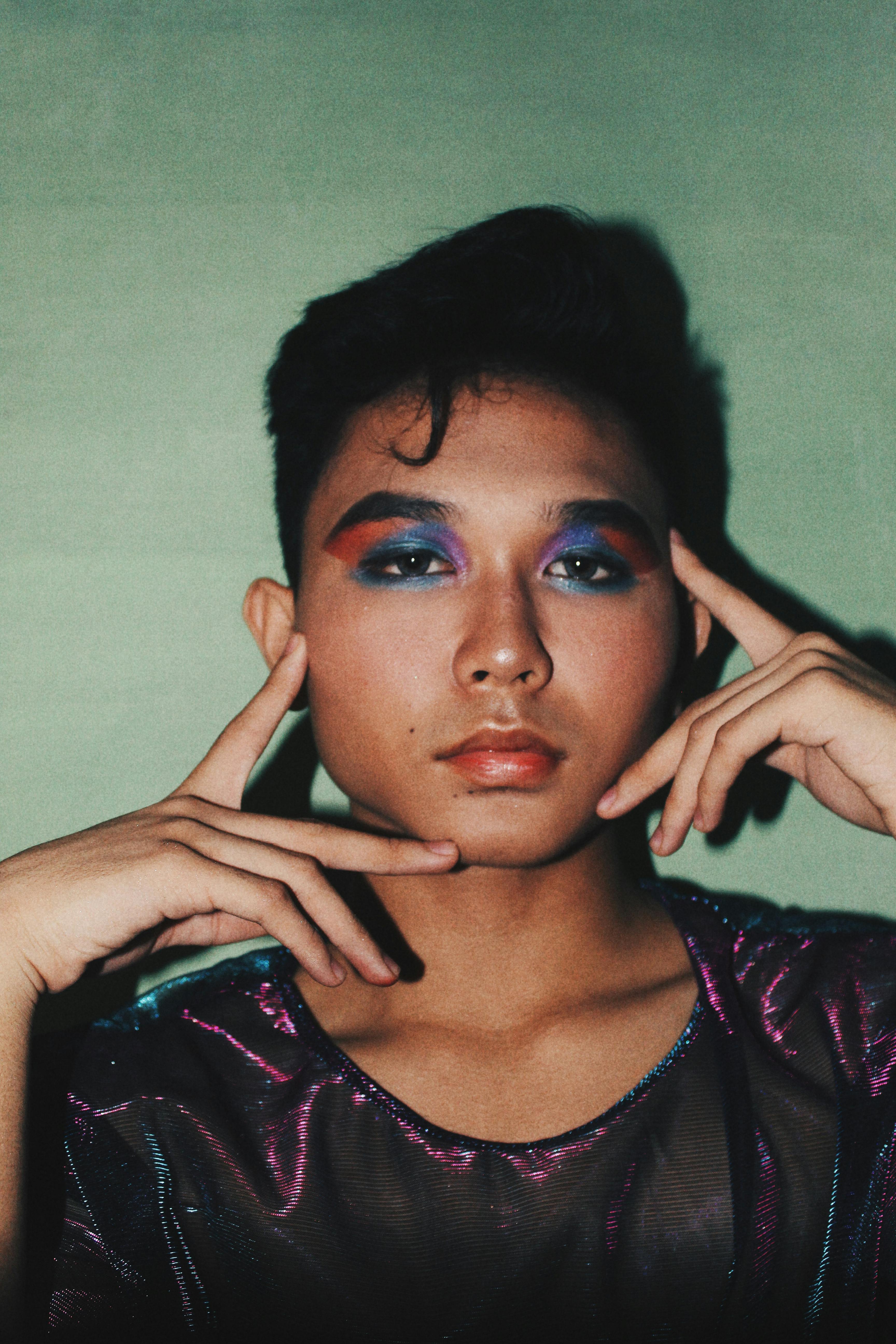The Resurgence of Natural Hairstyles in Black Beauty
The celebration of natural hair textures has become a powerful movement within the Black community, reshaping beauty standards and empowering individuals to embrace their authentic selves. This resurgence of natural hairstyles is more than just a trend; it's a cultural shift that challenges long-standing beauty norms and reclaims a sense of identity. The journey towards acceptance of natural hair has been long and complex, intertwined with historical, social, and political factors. As more people choose to wear their hair in its natural state, the beauty industry has been forced to adapt, creating new products and techniques to cater to a diverse range of hair textures. This movement has not only influenced personal grooming habits but has also sparked conversations about representation, self-love, and the dismantling of Eurocentric beauty ideals.

The Natural Hair Movement of the 1960s and 1970s
The Civil Rights Movement of the 1960s brought about a renewed sense of pride in Black identity, including a celebration of natural hair. Icons like Angela Davis and the Black Panther Party popularized the Afro as a symbol of resistance and Black power. This period saw a significant shift in how Black people viewed their hair, with many rejecting chemical straighteners and embracing their natural textures. However, this movement was relatively short-lived, and by the 1980s and 1990s, relaxed and straightened styles once again dominated mainstream Black hair culture.
The Modern Natural Hair Renaissance
The current natural hair movement, which began gaining momentum in the early 2000s, has been fueled by social media and a growing awareness of the potential harm caused by chemical hair treatments. Platforms like YouTube and Instagram have allowed individuals to share hair care tips, styling techniques, and personal stories, creating a supportive community for those transitioning to natural hair. This digital revolution has democratized information and representation, allowing people to see a wide variety of natural hair textures and styles celebrated online.
The Impact on the Beauty Industry
The resurgence of natural hairstyles has had a profound impact on the beauty industry. Major brands have been forced to expand their product lines to include items specifically formulated for natural hair textures. This has led to the creation of new categories such as leave-in conditioners, curl-defining creams, and edge control products. Additionally, Black-owned hair care businesses have seen significant growth, with many entrepreneurs filling gaps in the market by creating innovative products tailored to the needs of natural hair.
Challenges and Controversies
Despite the growing acceptance of natural hair, challenges remain. Workplace discrimination based on hairstyles continues to be an issue, leading to the creation of legislation like the CROWN Act (Creating a Respectful and Open World for Natural Hair) in the United States. This law, which has been passed in several states, prohibits discrimination based on hair texture and protective hairstyles. The media representation of natural hair has also been a point of contention, with many calling for more diverse and authentic portrayals of Black hair in film, television, and advertising.
The Psychology of Embracing Natural Hair
The decision to wear natural hair is often deeply personal and can have significant psychological impacts. For many, it’s a journey of self-acceptance and empowerment, challenging internalized beliefs about beauty and worth. Studies have shown that embracing natural hair can lead to increased self-esteem and a stronger sense of cultural identity. However, the transition can also be challenging, as individuals navigate societal expectations and personal insecurities.
The Global Influence of the Natural Hair Movement
While the natural hair movement has strong roots in the Black American experience, its influence has spread globally. In countries across Africa, Latin America, and the Caribbean, there has been a renewed appreciation for natural hair textures and traditional styling techniques. This global movement has fostered cross-cultural dialogues about beauty standards and has encouraged people of various ethnicities to embrace their unique hair textures.
The Future of Natural Hair in Beauty Culture
As the natural hair movement continues to evolve, it’s clear that its impact will be long-lasting. The beauty industry is likely to see further innovations in product development and styling techniques catering to natural textures. There’s also a growing emphasis on hair health over manipulation, with many embracing low-maintenance styles and protective measures. The movement has opened up conversations about diversity and inclusion that extend beyond hair, influencing broader beauty standards and representation in media.
In conclusion, the resurgence of natural hairstyles in Black beauty represents a significant cultural shift that goes beyond aesthetics. It’s a movement rooted in history, identity, and self-expression that challenges long-standing beauty norms and empowers individuals to embrace their authentic selves. As this movement continues to grow and evolve, it promises to reshape not only how we view hair but also how we define beauty in a diverse and multicultural world.





